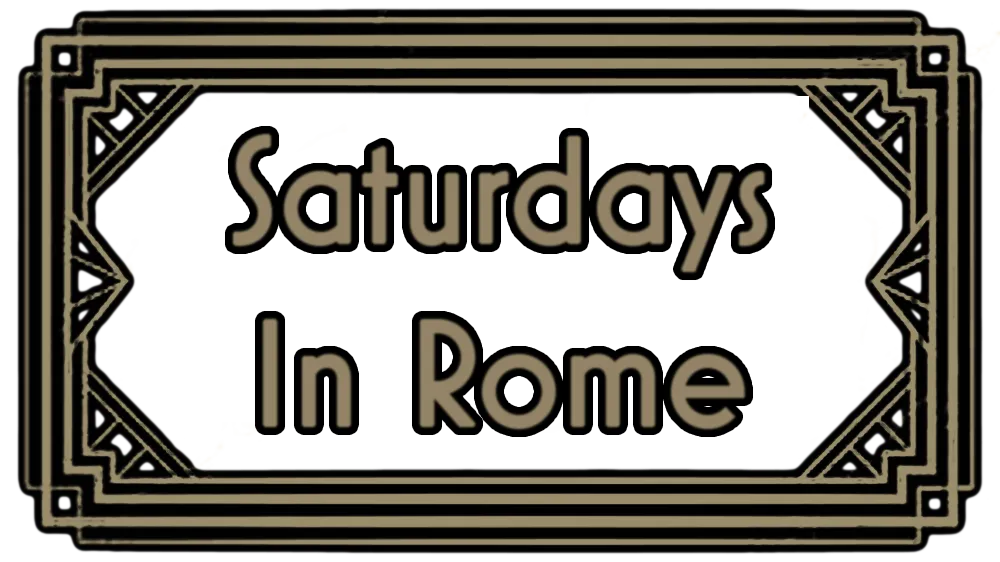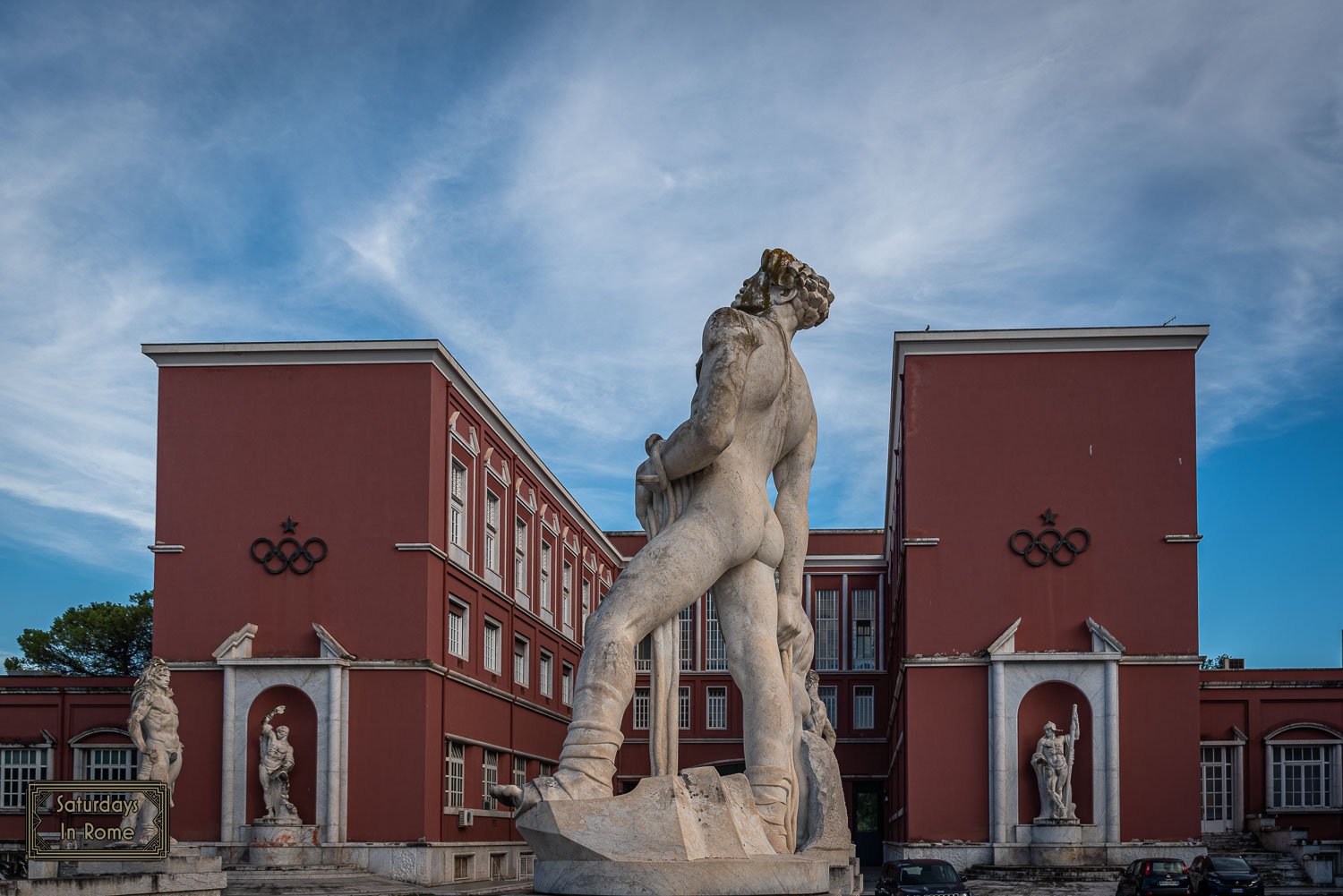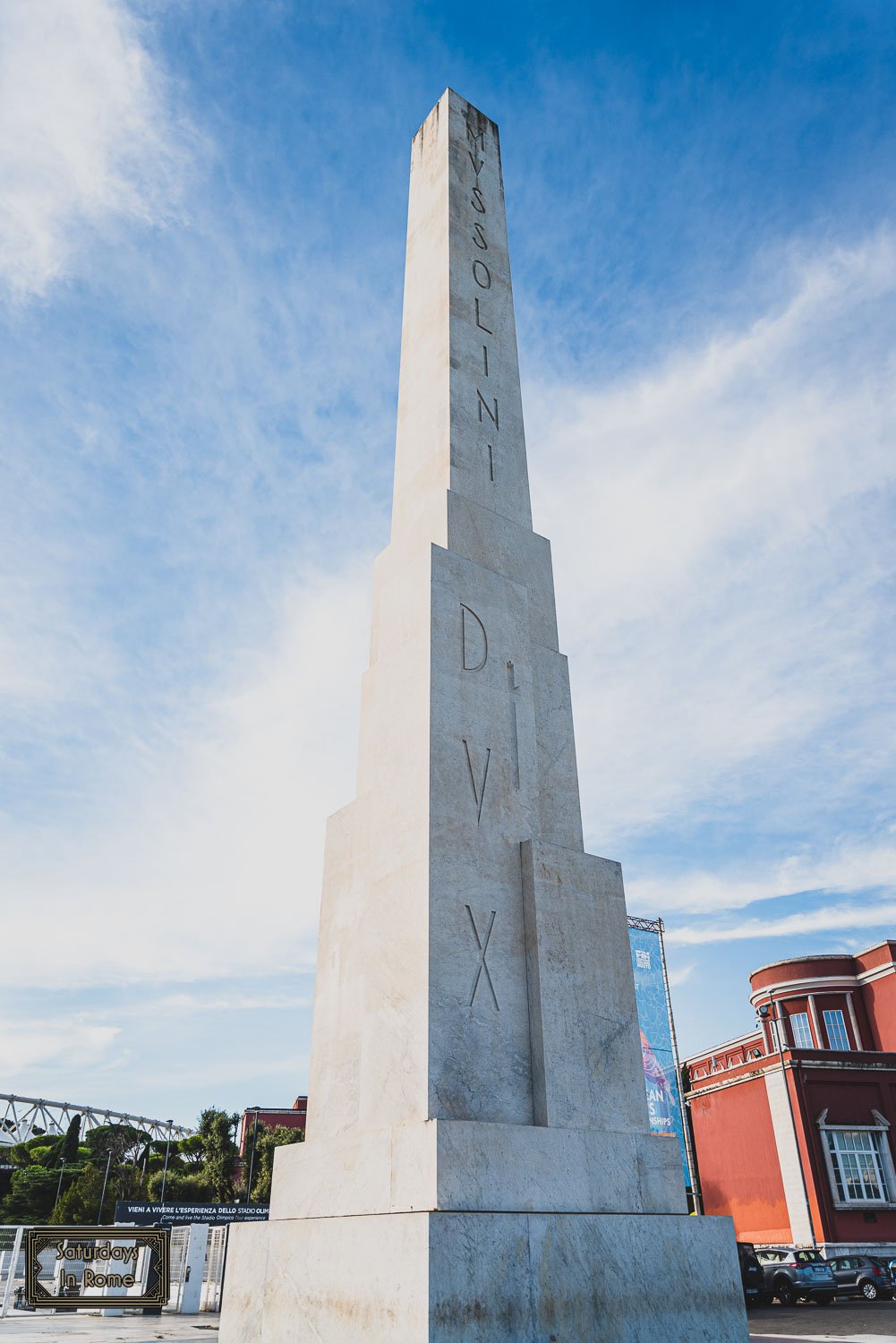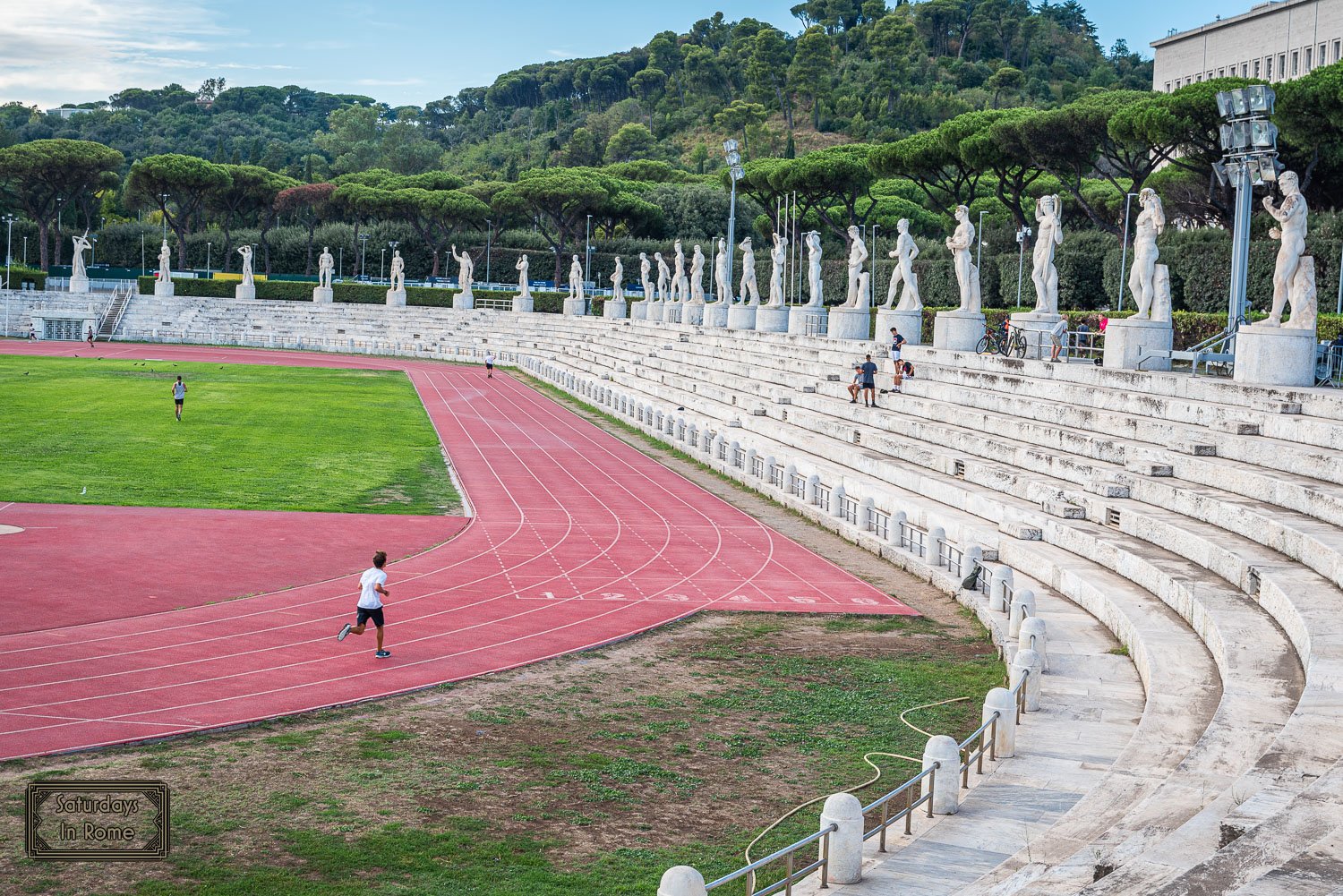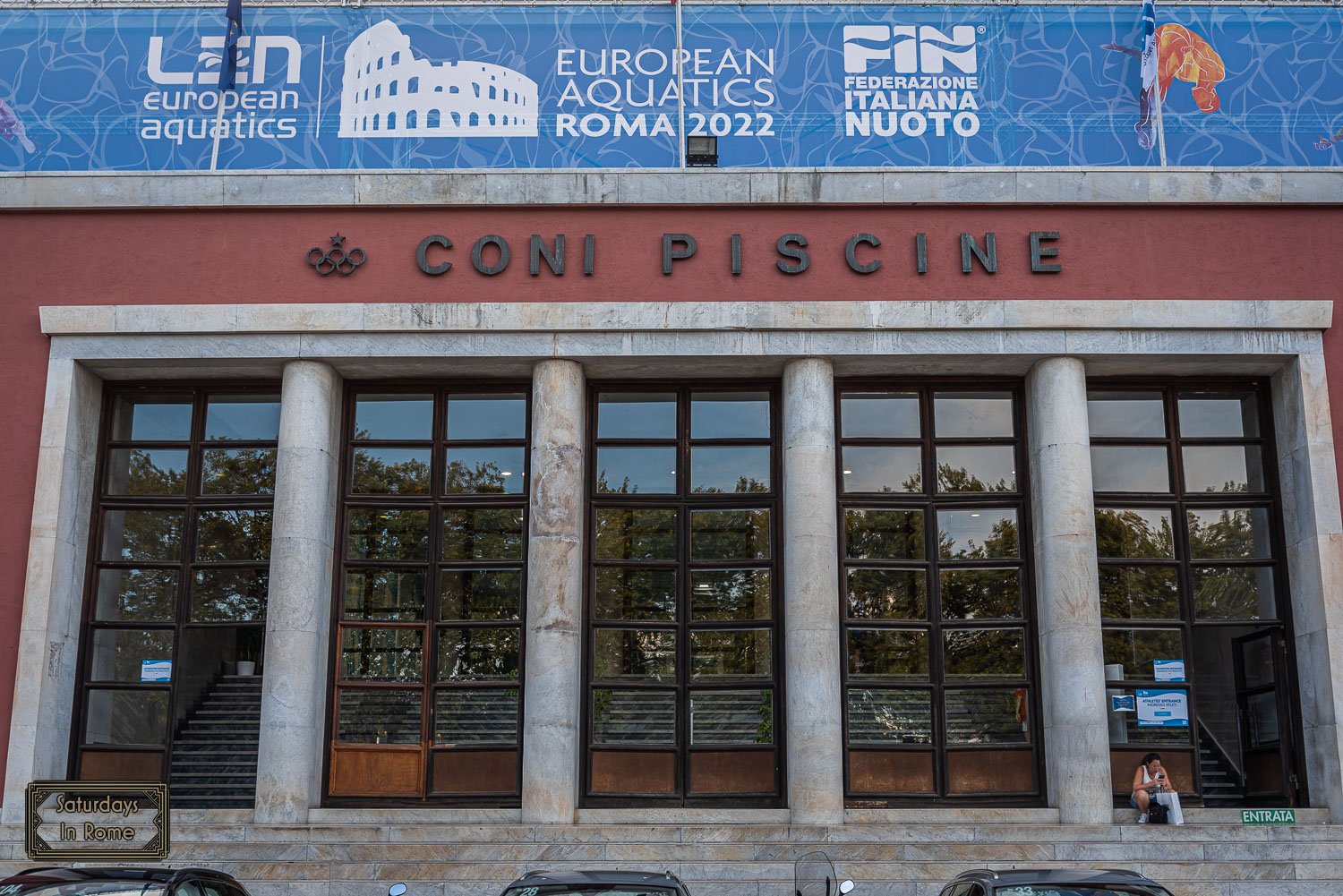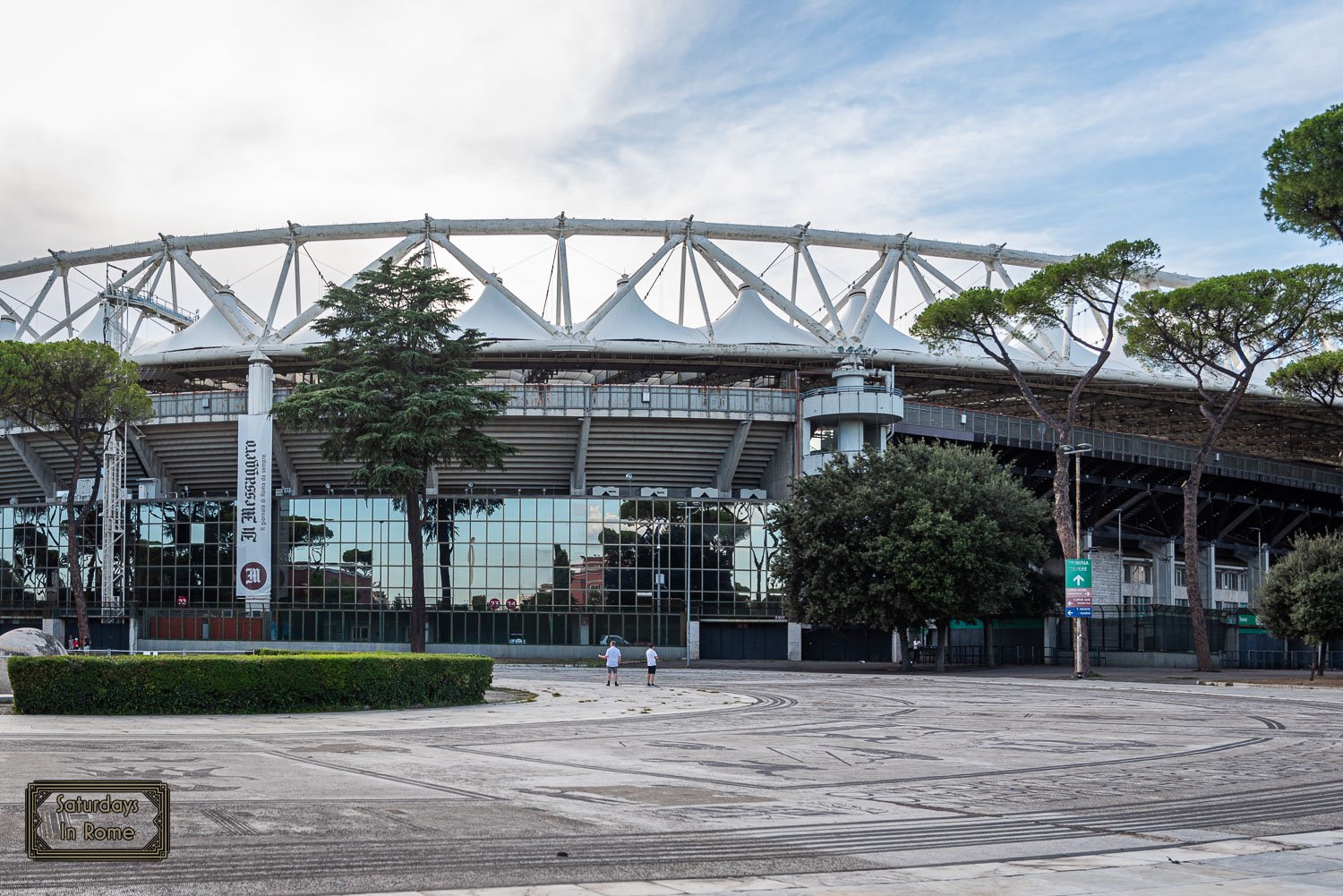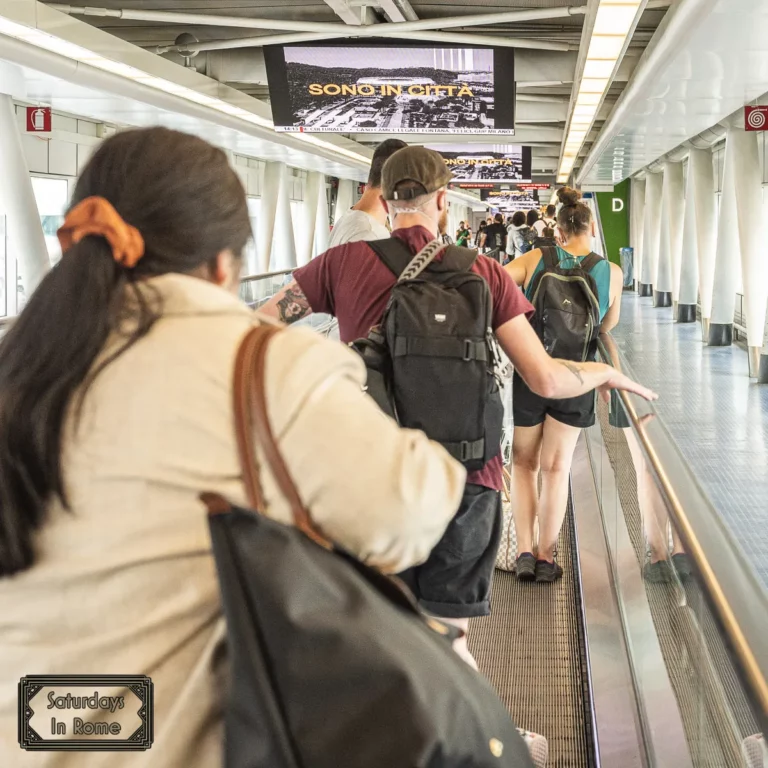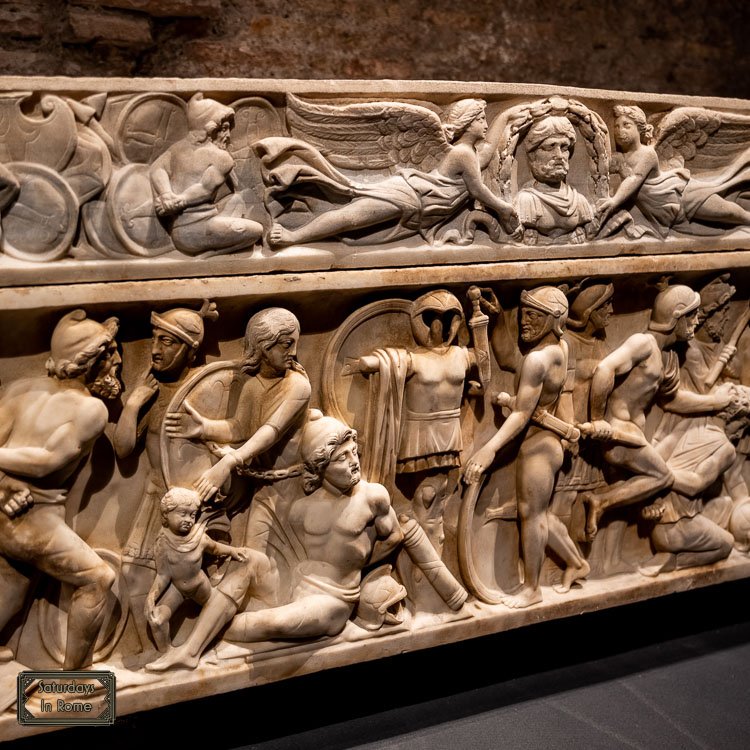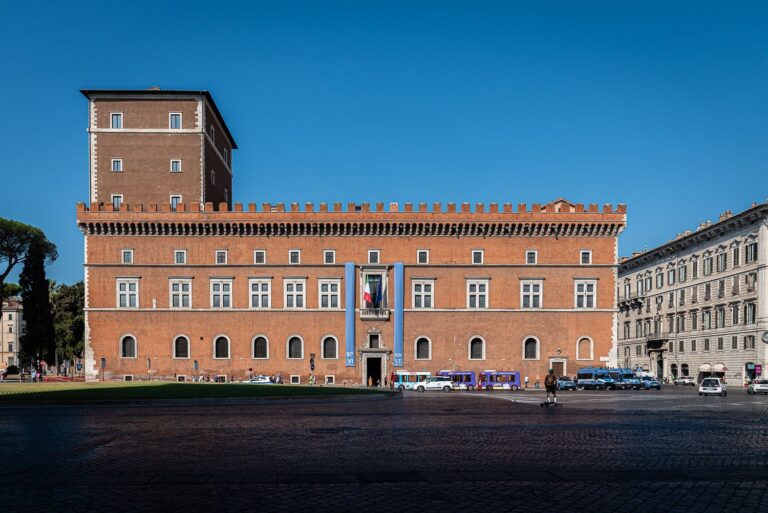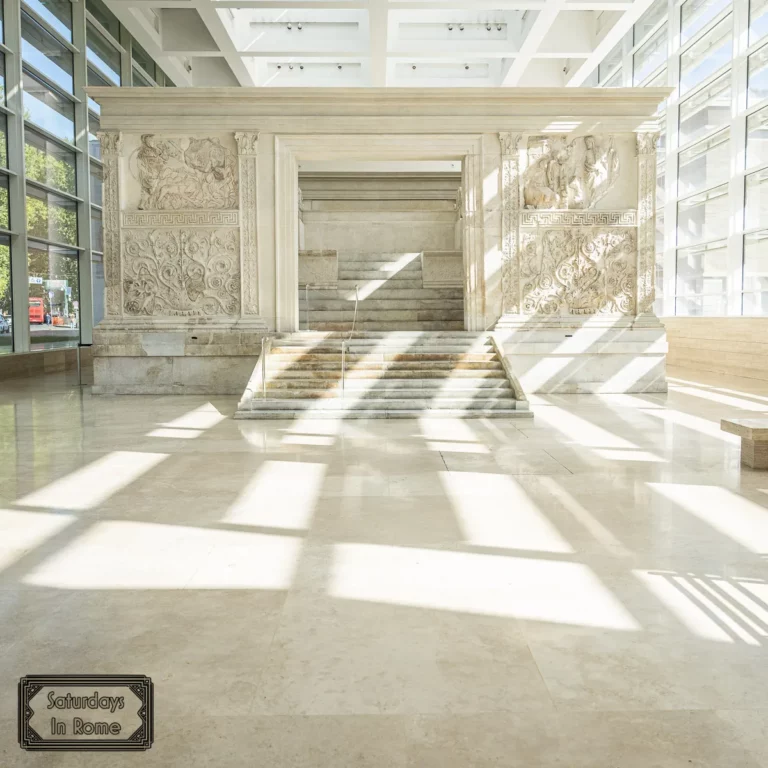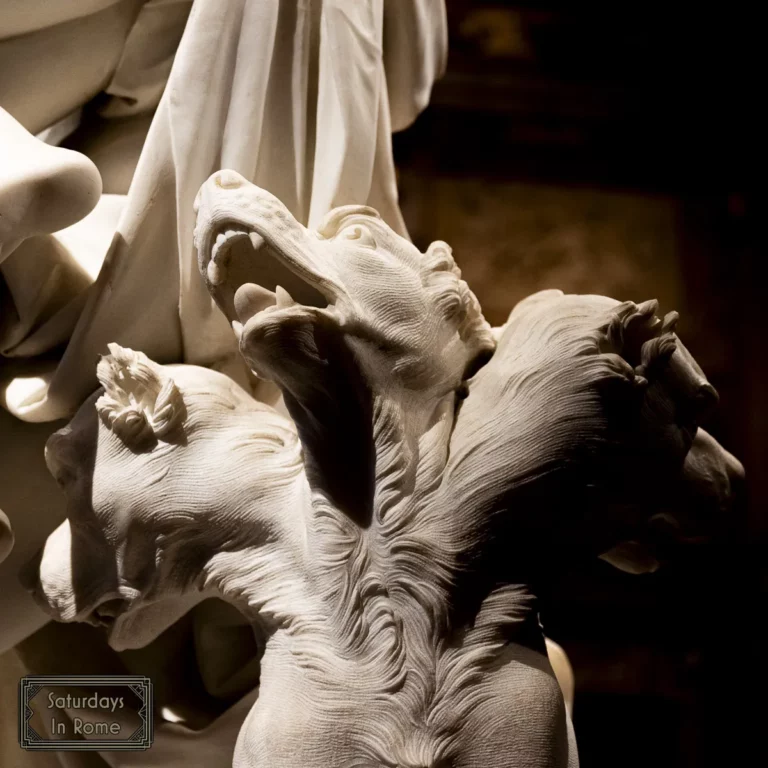The Foro Italico, Rome Is The Olympic Forum With A History
The Foro Italico, Rome is a huge sports complex built north of the center of the city and it is considered a perfect example of Italian fascist architecture.
The Foro Italico Sports Complex
The Foro Italico in Rome is a sprawling sports complex built north of the historical center (Centro Storico) of Rome, Italy. It was built starting in 1928 as the Foro Mussolini under the design of Enrico Del Debbio and Luigi Moretti. The inspiration, in keeping with Mussolini’s populist messaging, was the Roman forums and the design is considered a perfect example of Italian fascist architecture being built by Mussolini’s regime.
Need Help Planning?
- Cheap Flights: Find The Most Affordable Flights.
- Accommodations: From 1 to 5 Stars And More.
- Car Rentals: Affordable Travel Across Italy.
- Sightseeing Tours: Explore Some Amazing Tours.
- Buying An eSIM: Stay Connected In Italy.
This post includes affiliate links.
The Foro Italico Olympic Sports Complex
The Foro Italico in Rome complex is a collection of stadiums that could be used as a propaganda tool by the Fascist regime in Italy. The purpose in building these stadiums was getting the 1940 Olympic Games to be presented by the Fascist party of Italy and held in Rome. The 1940 Olympics were awarded to Tokyo, Japan, but were rescheduled to Helsinki, Finland because of the Japanese invasion of China, and the games were canceled all together because of the outbreak of World War II.
This is another of the failed efforts by Mussolini to showcase the architecture of Fascist Italy as a propaganda tool. I’ve previously written about the EUR district, which was also planned to celebrate twenty years of Fascism at the 1942 World’s Fair, but the exhibition never took place, again, because of the outbreak of World War II.
The Mussolini Obelisk
I must admit that I was a little surprised at the existence of the obelisk in the center of Foro Italico in Rome, which is clearly dedicated to Mussolini. This is the only modern obelisk in Rome and it was built by Mussolini himself. The engraving bears the words Mussolini, the Leader (MVSSOLINI DVX) and contains symbols of the Italian Fascists. This level of self-aggrandizement and arrogance seems familiar to me, but I just can’t put my finger on who it is reminding me of.
The Self-Aggrandizing Obelisk
The obelisk is carved out of Carrara marble, the good stuff, and weighs an estimated 300 tons. After World War II, all Fascist memorabilia was removed, but since it would have been impossible to delete the writings on the 57 foot high memorial, it remains the only public commemoration to Benito Mussolini. I suspect if this was in the US, there would’ve been a movement to tear down the monument in the way similar to how the US is handling the Civil War monuments.
Foro Italico – Stadio dei Marmi
The Stadium of the Marbles (Stadio dei Marmi) is one of four stadiums in Rome’s Foro Italico.
The Marble Stadium
It was designed in the 1920s as an addition to the Fascist Academy of Physical Education, which is now the headquarters of the Italian Olympic Committee. The plan was for the stadium to be used by its students for “training”. The Stadio dei Marmi first opened in 1932, on the 10th anniversary of the March on Rome.
The Marble Stadium was built to celebrate Fascist accomplishments and the the youth movement (Gioventú del Littorio) of the National Fascist Party of Italy. The Fascist party used sports to introduce and instill new fascist traditions, ideals, customs and values, with the goal of creating an army of citizen warriors.
Stadio del tennis di Roma
Up until the 1990s, the main tennis facility of the Foro Italico complex in Rome was the Stadio della Pallacorda. During that time, given the limited capacity of the older stadium, a new laminated wood stadium was built with stands that could accommodate up to 6000 spectators.
In 2007, the Association of Tennis Professionals asked the Italian Tennis Federation to make an effort to modernize the complex of the Italic Forum, and if it wasn’t done, they threatened to downgrade the International Competitions of Italy that took place there. Among the requests was the presence of at least one stadium with a capacity of at least 10,000 spectators.
Foro Italico Tennis
The old court of the Rome Foro Italico was dismantled in 2008 and in its place the construction of a more modern and capacious stadium than the previous one had begun. The improved replacement was officially inaugurated on April 27, 2010.
Stadio Olimpico del Nuoto
The Indoor Aquatics Center
The aquatics center at the Foro Italico is called the Olympic Swimming Stadium (Stadio Olimpico del Nuoto). It was inaugurated in 1959 and hosted the swimming, diving, water polo and a portion of the pentathlon for the 1960 Summer Olympics. It was refurbished in 1983 and expanded again in 1994.
Stadio Olimpico
The Olympic Stadium (Stadio Olimpico) is the largest sports facility in Rome and over the years it has undergone several renovations. In addition to being the home stadium for the Roma and Lazio football clubs, it hosts concerts, rugby and other events.
The popularity of the Olympic Stadium is directly tied to the popularity of soccer (calcio) and the two teams that call the stadium home. Because of this, a list of Frequently Asked Questions (FAQs) about touring the stadium seems appropriate.
How To Visit The Olympic Stadium
Can You Visit The Olympic Stadium?
Like most major European venues, the Olympic Stadium in Rome finally opens its doors to visitors and tourists after the pandemic risk was reduced. In addition to the tickets for the matches of the Rome and Lazio soccer teams, it is also possible to take a tour of the stadium.
Olympic Stadium – Home Of Roma and Lazio
How Long Does The Visit To The Olympic Stadium Last?
The duration of the tour is about 45 minutes. The entrance can be found on the Montemario Tribune, Viale dei Gladiatori, 1. On the left, looking at the ticket office, the entrance to the Tour is the last gate under the inscription “Stadio Olimpico Tour”.
Where To Buy Tickets For The Olympic Stadium?
Tickets can be purchased from the official website, from the AS Roma Contact Center at Tel. 06.89386000 from Monday to Friday, 9.00-18.30, from the Point of Sale VivaTickets and the Olympic Stadium (on match day only).
How Much Does It Cost To Tour Stadio Olimpico?
The official ticket office for the Tour of the Olympic Stadium is located on Via dei Gladiatori 2 in Rome and is open every day, from 10:00 to 18:00, except on game days. Entrance price for the basic tour is €15.00. Discounts are provided for families, groups and schools.
What Is The Biggest Stadium In The World?
Sorry, but it isn’t the Olympic Stadium, Rungrado May Day Stadium in Pyongyang, North Korea, is the largest stadium in the world. Firmly at the top of the list with its 150,000 seats, it was inaugurated in 1989. More than football, the stadium is dedicated to shows organized by the regime.
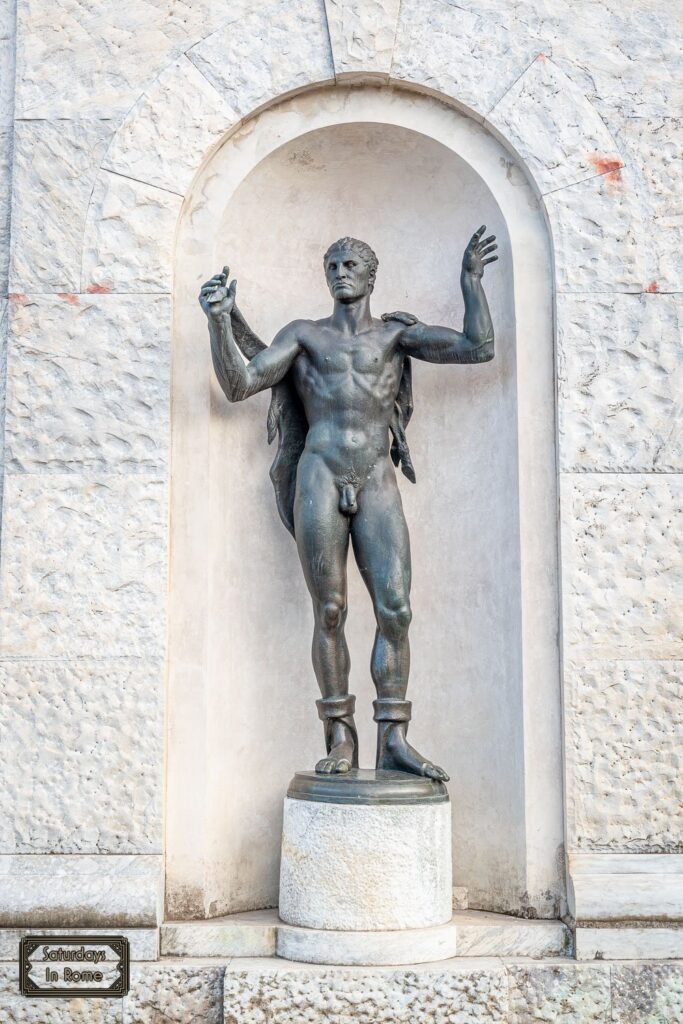
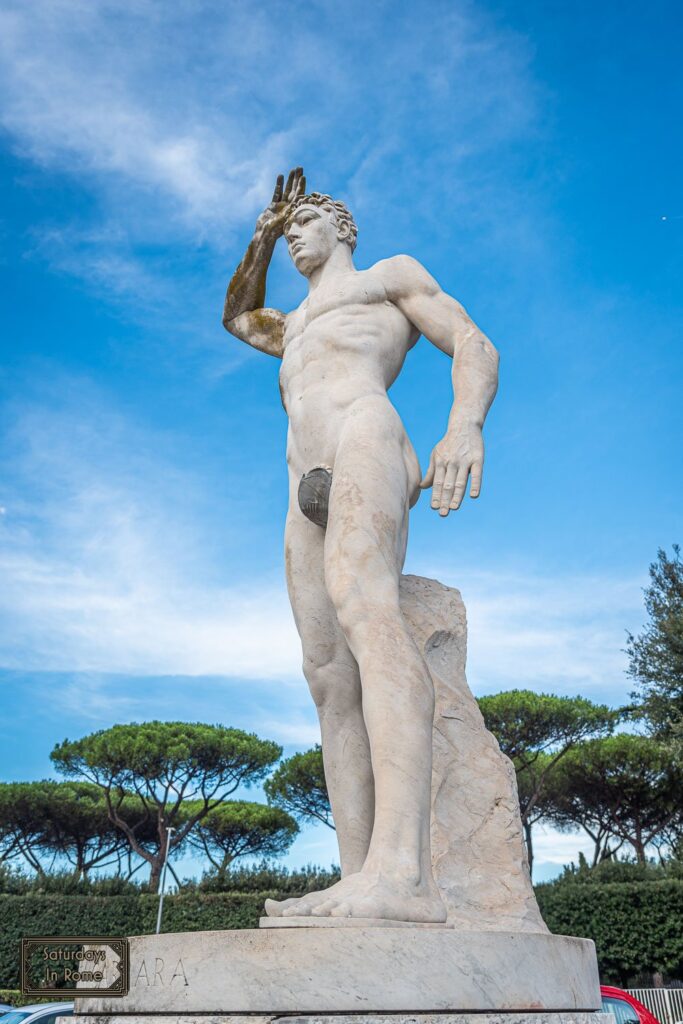
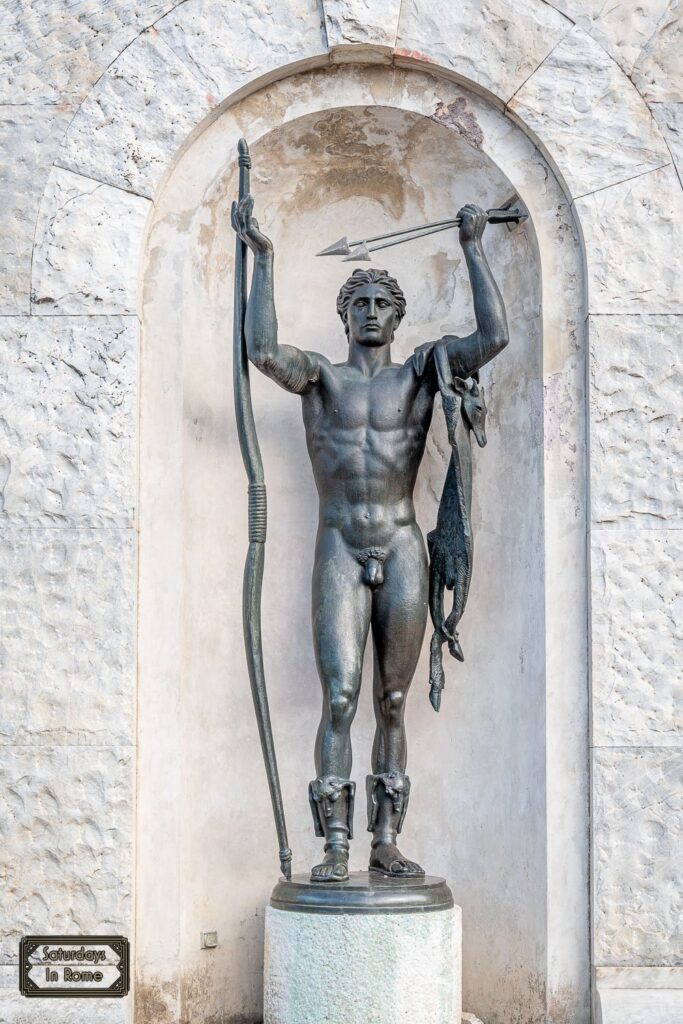
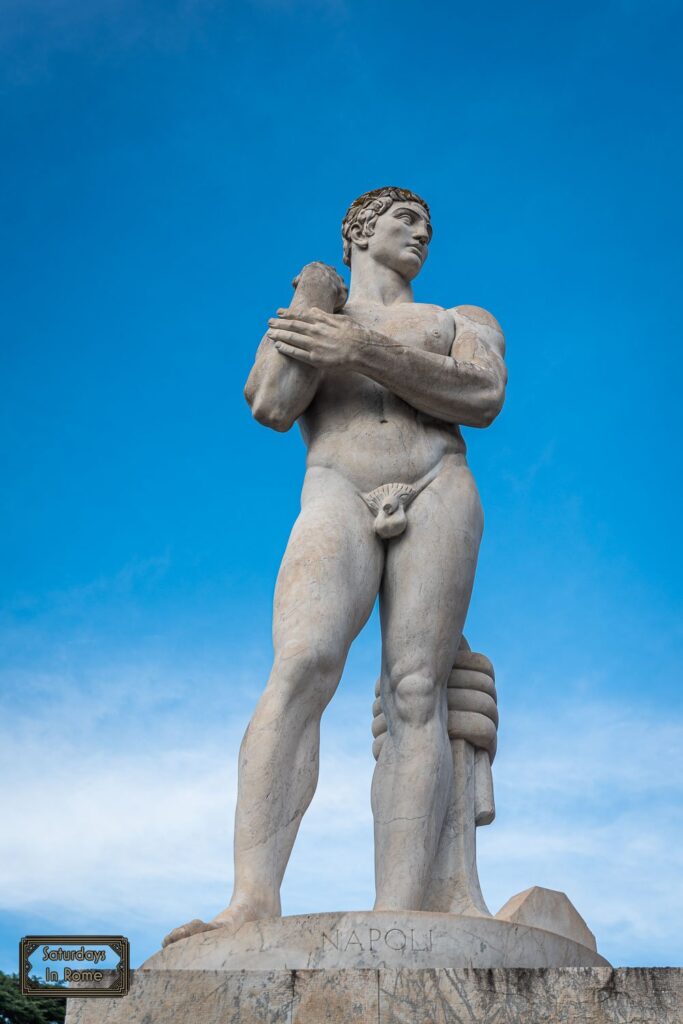
Learn More About This Time Period And Roman Architecture
If you enjoyed learning about the history and architecture around the Foro Italico, Rome, then here are some other posts that you might be interested in:
- Modern Sites In Rome: Contemporary Sites Worth Visiting.
- The Rome Bioparco (Zoo) Is Great For Children And Adults.
- I Visited Mussolini’s Bunker In Rome And You Can Too!
- The Vittoriano Monument In Rome – Your Questions Answered.
- The Monumental Cemetery of Verano in Rome Is A Hidden Gem.
- The Piazza Venezia History Is As Dramatic As The Square.
- The US Consulate In Rome, Italy Is Here To Help You.
- The Rose Garden In Rome, Italy Is Overflowing With Romance.
- Visiting The Altar Of The Fatherland In Rome.
